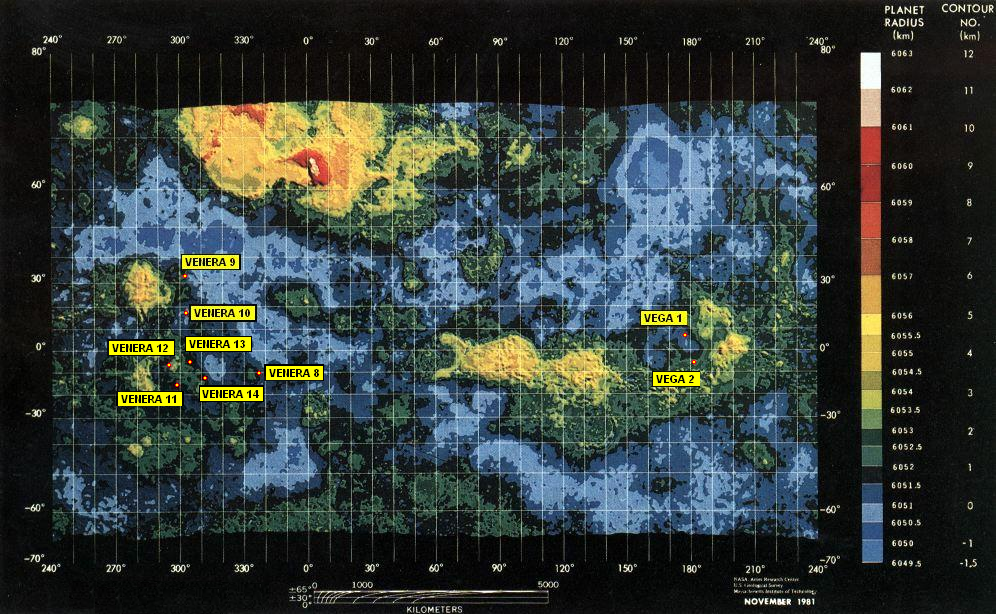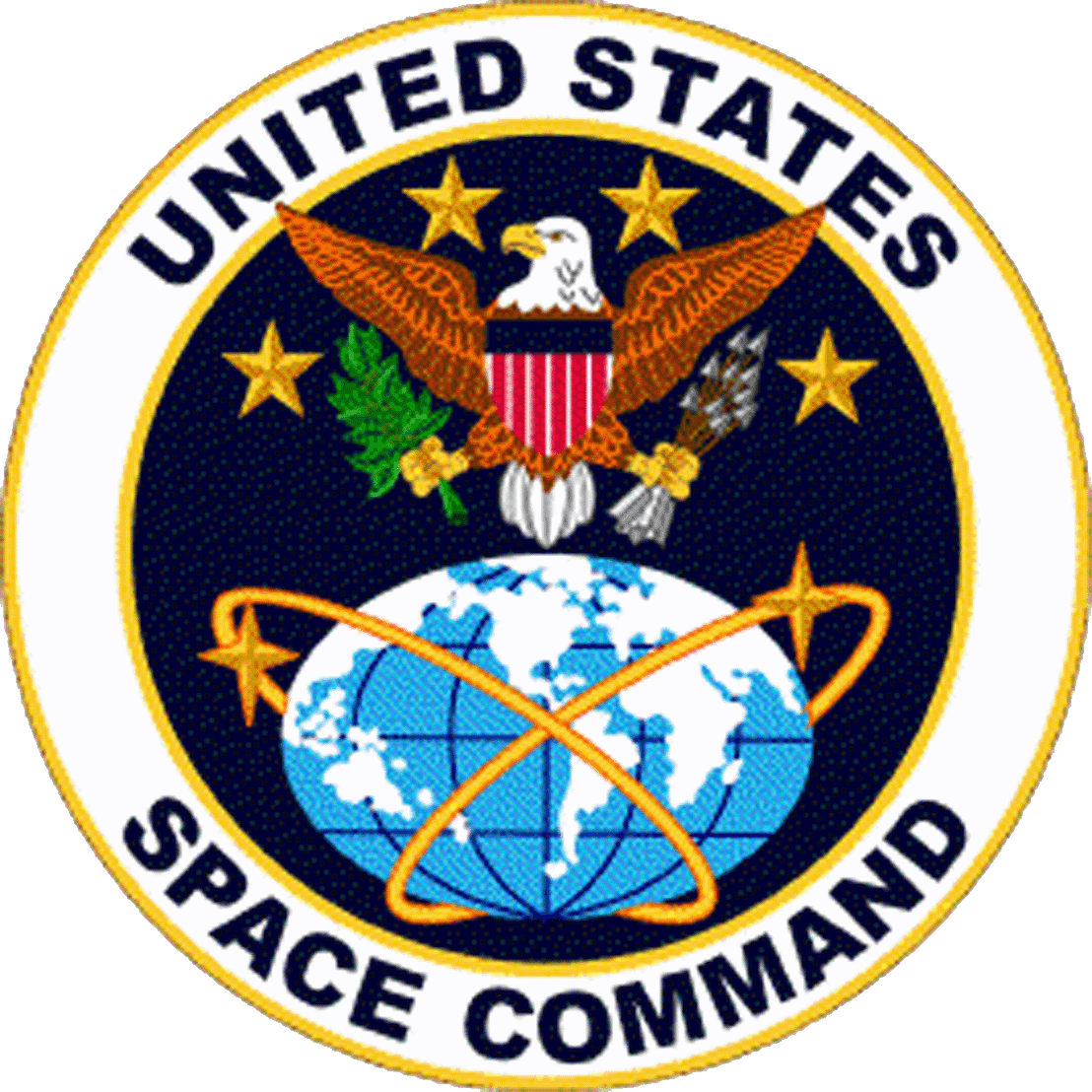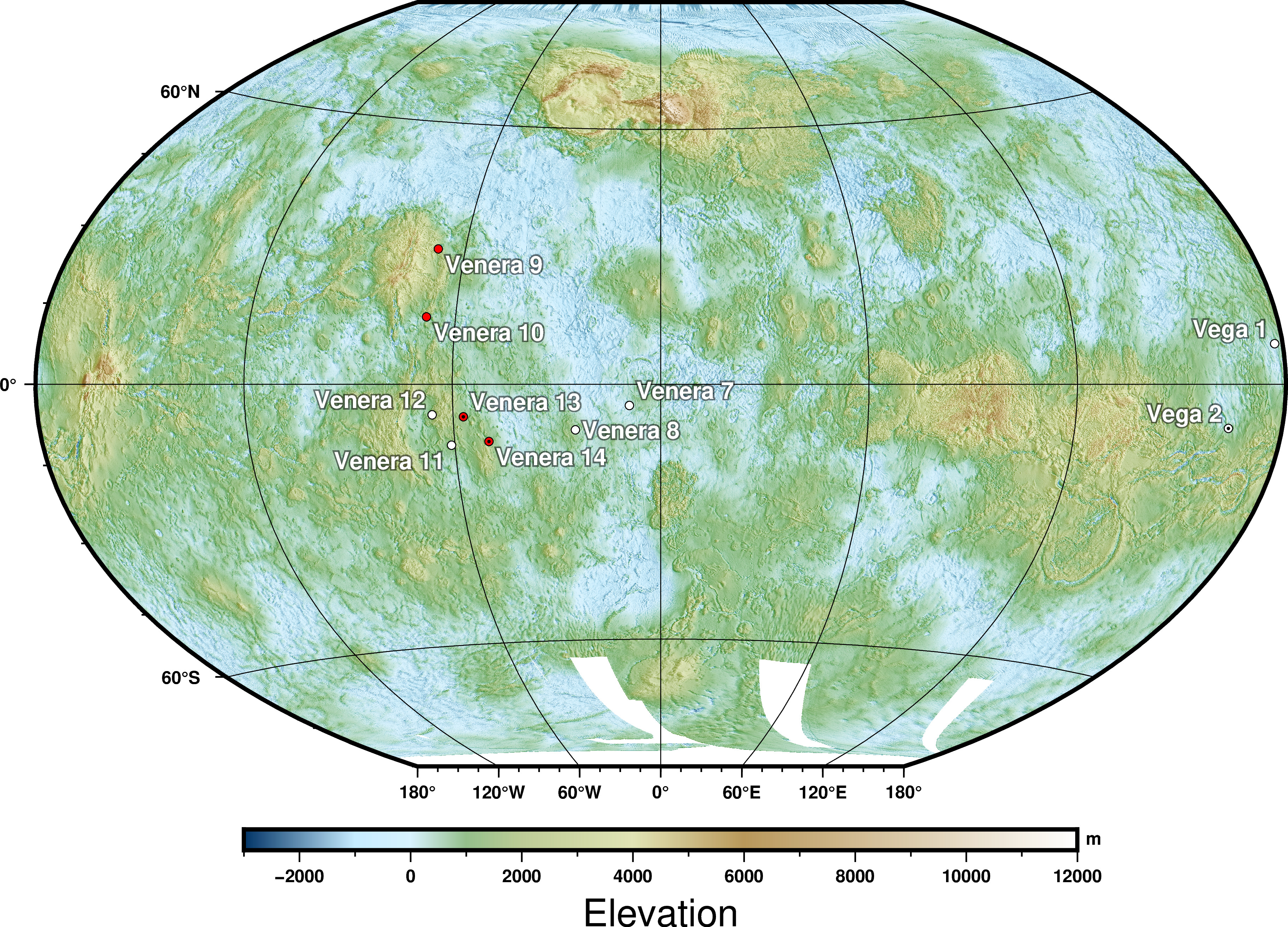|
Venera 2MV-1 No.2
Venera 2MV-1 No.2, also known as Sputnik 20 in the Western world, was a Soviet spacecraft, which was launched in 1962 as part of the Venera programme. Due to a problem with its upper stage it failed to leave low Earth orbit, and reentered the atmosphere a few days later. It was the second of two Venera 2MV-1 spacecraft, both of which failed to leave Earth orbit. The previous mission, Venera 2MV-1 No.1, was launched several days earlier. Launch Venera 2MV-1 No.2 was launched at 02:12:30 UTC on 1 September 1962, atop a Molniya 8K78 carrier rocket flying from Site 1/5 at the Baikonur Cosmodrome. The lower stages of the rocket operated nominally, injecting the fourth stage and payload into a low Earth orbit. Following a coast phase, the upper stage was to have ignited around sixty-one minutes and thirty seconds after launch, in order to place the spacecraft into heliocentric orbit. The ignition command did not reach the engine, however, and the fuel valves did not open, so the ... [...More Info...] [...Related Items...] OR: [Wikipedia] [Google] [Baidu] |
Venus
Venus is the second planet from the Sun. It is sometimes called Earth's "sister" or "twin" planet as it is almost as large and has a similar composition. As an interior planet to Earth, Venus (like Mercury) appears in Earth's sky never far from the Sun, either as morning star or evening star. Aside from the Sun and Moon, Venus is the brightest natural object in Earth's sky, capable of casting visible shadows on Earth at dark conditions and being visible to the naked eye in broad daylight. Venus is the second largest terrestrial object of the Solar System. It has a surface gravity slightly lower than on Earth and has a very weak induced magnetosphere. The atmosphere of Venus, mainly consists of carbon dioxide, and is the densest and hottest of the four terrestrial planets at the surface. With an atmospheric pressure at the planet's surface of about 92 times the sea level pressure of Earth and a mean temperature of , the carbon dioxide gas at Venus's surface is in the ... [...More Info...] [...Related Items...] OR: [Wikipedia] [Google] [Baidu] |
Venera 2MV-2 No
The Venera (, , which means "Venus" in Russian) program was the name given to a series of space probes developed by the Soviet Union between 1961 and 1984 to gather information about the planet Venus. Ten probes successfully landed on the surface of the planet, including the two Vega program and Venera-Halley probes, while thirteen probes successfully entered the Venusian atmosphere. Due to the extreme surface conditions on Venus, the probes could only survive for a short period on the surface, with times ranging from 23 minutes to two hours. The ''Venera'' program established a number of precedents in space exploration, among them being the first human-made devices to enter the atmosphere of another planet (Venera 3 on 1 March 1966), the first to make a soft landing on another planet (Venera 7 on 15 December 1970), the first to return images from another planet's surface (Venera 9 on 8 June 1975), the first to record sounds on another planet (Venera 13 on 30 October 1981) ... [...More Info...] [...Related Items...] OR: [Wikipedia] [Google] [Baidu] |
Spacecraft Launched In 1962
A spacecraft is a vehicle or machine designed to fly in outer space. A type of artificial satellite, spacecraft are used for a variety of purposes, including communications, Earth observation, meteorology, navigation, space colonization, planetary exploration, and transportation of humans and cargo. All spacecraft except single-stage-to-orbit vehicles cannot get into space on their own, and require a launch vehicle (carrier rocket). On a sub-orbital spaceflight, a space vehicle enters space and then returns to the surface without having gained sufficient energy or velocity to make a full Earth orbit. For orbital spaceflights, spacecraft enter closed orbits around the Earth or around other celestial bodies. Spacecraft used for human spaceflight carry people on board as crew or passengers from start or on orbit (space stations) only, whereas those used for robotic space missions operate either autonomously or telerobotically. Robotic spacecraft used to support scientific re ... [...More Info...] [...Related Items...] OR: [Wikipedia] [Google] [Baidu] |
List Of Missions To Venus ...
There have been 46 (including gravity-assist flybys) space missions to the planet Venus. Missions to Venus constitute part of the exploration of Venus. List As of 2020, the Soviet Union, United States, European Space Agency and Japan have conducted missions to Venus. ;Mission Type Legend: Future missions Under development Venus Missions by Organization/Company Proposed missions References External links * {{Venus Venus * Venus Missions to Venus There have been 46 (including gravity-assist flybys) space missions to the planet Venus. Missions to Venus constitute part of the exploration of Venus. List As of 2020, the Soviet Union, United States, European Space Agency and Japan have c ... [...More Info...] [...Related Items...] OR: [Wikipedia] [Google] [Baidu] |
Naval Space Command
The Naval Space Command (NSC) was a military command of the United States Navy and former component command of United States Space Command. It was headquartered at Dahlgren, Virginia, and began operations on 1 October 1983. Naval Space Command used space capabilities to support naval forces through the operation of reconnaissance and communications satellites, as well as representing the Navy's space interests, both within the Navy and within U.S. Space Command. The command was merged into Naval Network and Space Operations Command, itself part of Naval Network Warfare Command, about July 2002. History In the late 1950s the United States Naval Research Laboratory's Project Vanguard Minitrack system used electronic signals emitted by Sputnik and other satellites to characterize their orbits, serving as one of the first methods of ground-based satellite tracking. This system would become commissioned in 1961 as the Naval Space Surveillance System, and in 1993 the system would be tra ... [...More Info...] [...Related Items...] OR: [Wikipedia] [Google] [Baidu] |
Heliocentric Orbit
A heliocentric orbit (also called circumsolar orbit) is an orbit around the barycenter of the Solar System, which is usually located within or very near the surface of the Sun. All planets, comets, and asteroids in the Solar System, and the Sun itself are in such orbits, as are many artificial probes and pieces of debris. The moons of planets in the Solar System, by contrast, are not in heliocentric orbits, as they orbit their respective planet (although the Moon has a convex orbit around the Sun). The barycenter of the Solar System, while always very near the Sun, moves through space as time passes, depending on where other large bodies in the Solar System, such as Jupiter and other large gas planets, are located at that time. A similar phenomenon allows the detection of exoplanets by way of the radial-velocity method. The ''helio-'' prefix is derived from the Greek word "ἥλιος", meaning "Sun", and also Helios, the personification of the Sun in Greek mythology. The fir ... [...More Info...] [...Related Items...] OR: [Wikipedia] [Google] [Baidu] |
Coast Phase
An intercontinental ballistic missile (ICBM) is a ballistic missile with a range greater than , primarily designed for nuclear weapons delivery (delivering one or more thermonuclear warheads). Conventional, chemical, and biological weapons can also be delivered with varying effectiveness, but have never been deployed on ICBMs. Most modern designs support multiple independently targetable reentry vehicles (MIRVs), allowing a single missile to carry several warheads, each of which can strike a different target. Russia, the United States, China, France, India, the United Kingdom, and North Korea are the only countries known to have operational ICBMs. Early ICBMs had limited precision, which made them suitable for use only against the largest targets, such as cities. They were seen as a "safe" basing option, one that would keep the deterrent force close to home where it would be difficult to attack. Attacks against military targets (especially hardened ones) still demanded the ... [...More Info...] [...Related Items...] OR: [Wikipedia] [Google] [Baidu] |
Low Earth Orbit
A low Earth orbit (LEO) is an orbit around Earth with a period of 128 minutes or less (making at least 11.25 orbits per day) and an eccentricity less than 0.25. Most of the artificial objects in outer space are in LEO, with an altitude never more than about one-third of the radius of Earth. The term ''LEO region'' is also used for the area of space below an altitude of (about one-third of Earth's radius). Objects in orbits that pass through this zone, even if they have an apogee further out or are sub-orbital, are carefully tracked since they present a collision risk to the many LEO satellites. All crewed space stations to date have been within LEO. From 1968 to 1972, the Apollo program's lunar missions sent humans beyond LEO. Since the end of the Apollo program, no human spaceflights have been beyond LEO. Defining characteristics A wide variety of sources define LEO in terms of altitude. The altitude of an object in an elliptic orbit can vary significantly along the orbit. ... [...More Info...] [...Related Items...] OR: [Wikipedia] [Google] [Baidu] |
Venera
The Venera (, , which means "Venus" in Russian) program was the name given to a series of space probes developed by the Soviet Union between 1961 and 1984 to gather information about the planet Venus. Ten probes successfully landed on the surface of the planet, including the two Vega program and Venera-Halley probes, while thirteen probes successfully entered the Venusian atmosphere. Due to the extreme surface conditions on Venus, the probes could only survive for a short period on the surface, with times ranging from 23 minutes to two hours. The ''Venera'' program established a number of precedents in space exploration, among them being the first human-made devices to enter the atmosphere of another planet (Venera 3 on 1 March 1966), the first to make a soft landing on another planet (Venera 7 on 15 December 1970), the first to return images from another planet's surface (Venera 9 on 8 June 1975), the first to record sounds on another planet (Venera 13 on 30 October 1981) ... [...More Info...] [...Related Items...] OR: [Wikipedia] [Google] [Baidu] |
Soviet Union
The Soviet Union,. officially the Union of Soviet Socialist Republics. (USSR),. was a transcontinental country that spanned much of Eurasia from 1922 to 1991. A flagship communist state, it was nominally a federal union of fifteen national republics; in practice, both its government and its economy were highly centralized until its final years. It was a one-party state governed by the Communist Party of the Soviet Union, with the city of Moscow serving as its capital as well as that of its largest and most populous republic: the Russian SFSR. Other major cities included Leningrad (Russian SFSR), Kiev (Ukrainian SSR), Minsk ( Byelorussian SSR), Tashkent (Uzbek SSR), Alma-Ata (Kazakh SSR), and Novosibirsk (Russian SFSR). It was the largest country in the world, covering over and spanning eleven time zones. The country's roots lay in the October Revolution of 1917, when the Bolsheviks, under the leadership of Vladimir Lenin, overthrew the Russian Provisional Government ... [...More Info...] [...Related Items...] OR: [Wikipedia] [Google] [Baidu] |
Western World
The Western world, also known as the West, primarily refers to the various nations and state (polity), states in the regions of Europe, North America, and Oceania.Western Civilization Our Tradition; James Kurth; accessed 30 August 2011 The Western world is also known as the Occident (from the Latin word ''occidēns'' "setting down, sunset, west") in contrast to the Eastern world known as the Orient (from the Latin word ''oriēns'' "origin, sunrise, east"). Following the Discovery of America in 1492, the West came to be known as the "world of business" and trade; and might also mean the Northern half of the North–South divide, the countries of the ''Global North'' (often equated with capitalist Developed country, developed countries). [...More Info...] [...Related Items...] OR: [Wikipedia] [Google] [Baidu] |
Venera 2MV-1 No
The Venera (, , which means "Venus" in Russian) program was the name given to a series of space probes developed by the Soviet Union between 1961 and 1984 to gather information about the planet Venus. Ten probes successfully landed on the surface of the planet, including the two Vega program and Venera-Halley probes, while thirteen probes successfully entered the Venusian atmosphere. Due to the extreme surface conditions on Venus, the probes could only survive for a short period on the surface, with times ranging from 23 minutes to two hours. The ''Venera'' program established a number of precedents in space exploration, among them being the first human-made devices to enter the atmosphere of another planet (Venera 3 on 1 March 1966), the first to make a soft landing on another planet (Venera 7 on 15 December 1970), the first to return images from another planet's surface (Venera 9 on 8 June 1975), the first to record sounds on another planet (Venera 13 on 30 October 1981 ... [...More Info...] [...Related Items...] OR: [Wikipedia] [Google] [Baidu] |






.jpg)